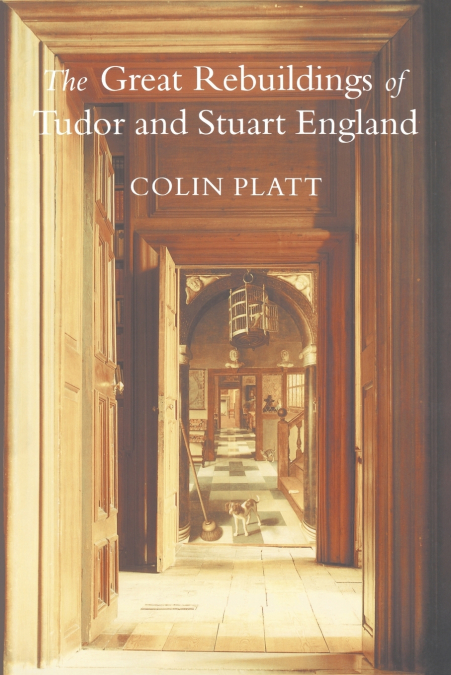
 Librería Perelló (Valencia)
Librería Perelló (Valencia)
 Librería Aciertas (Toledo)
Librería Aciertas (Toledo)
 El AlmaZen del Alquimista (Sevilla)
El AlmaZen del Alquimista (Sevilla)
 Librería Elías (Asturias)
Librería Elías (Asturias)
 Librería Kolima (Madrid)
Librería Kolima (Madrid)
 Donde los libros
Donde los libros
 Librería Proteo (Málaga)
Librería Proteo (Málaga)
Rural England’s Great Rebuilding of 1570-1640, first identified by W.G. Hoskins in 1953, has been vigorously debated ever since. Some critics have re-dated it on a regional basis. Still more have seen Great Rebuildings around every corner, causing them to dismiss Hoskins’s thesis. In this first full-length study of the rebuilding phenomenon, Colin Platt, an accomplished architectural and social historian, addresses these issues and presents a persuasive fresh assessment of the legacy of this revolution in housing design. Although accepting Hoskins’s definition of a first Great Rebuilding, starting with the 1570s and ending in the devastations of the Civil War, the author argues convincingly for a more influential 'second' Great Rebuilding after peace had returned.; In examining architectural change both in the buildings themselves and through the writings of discerning contemporaries, today’s family house, whether in town or country, is shown to owe almost nothing to the Middle Ages. Instead, its origins lie in the increasingly sophisticated world of the Tudor and Jacobean courts, in the refined taste of returned travellers, and in a growing popular demand for personal privacy, unobtainable in houses of medieval plan.; This fascinating and challenging study of changing tastes marks an important contribution to our understanding of Tudor and Stuart society and as such will not only be welcomed by students and historians of early modern England but by the interested general reader.